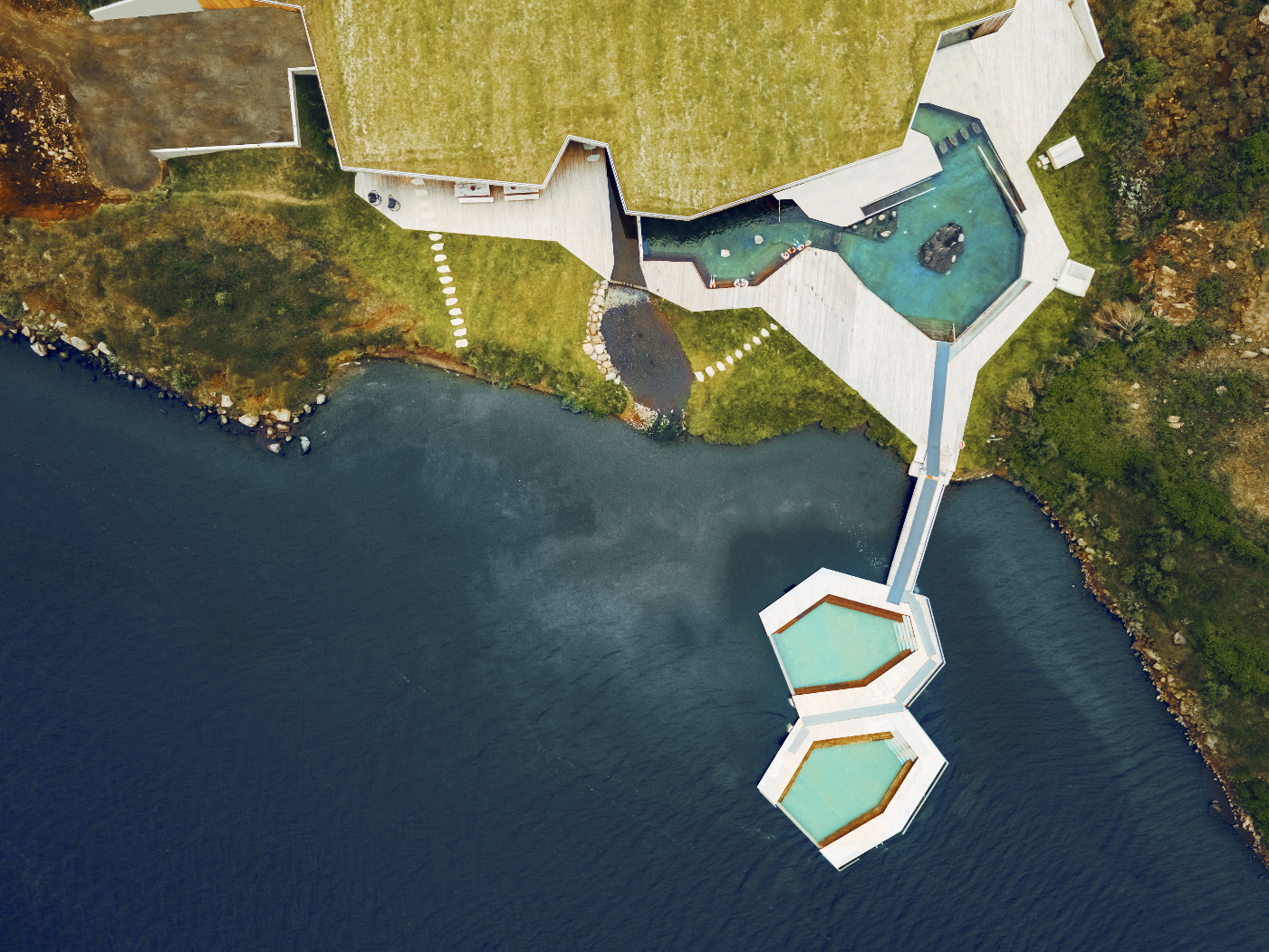Diese Geschichte handelt nicht davon, dass Handy-Kameras professionelle Kameras ersetzen. Vielmehr zeigt sie, wie ein Fotograf trotz widriger Umstände mit begrenzten Mitteln erfolgreich sein kann.
Vor kurzem reiste ich für fünf Wochen nach Südamerika. Nach einer Woche in Patagonien landete ich in Calama, Nord-Chile, wo mir am Busterminal mein Kamerarucksack gestohlen wurde – zwei Minuten vor der Abfahrt und innerhalb von fünf Sekunden. Trotz Air-Tag-Ortung blieb die chilenische Polizei untätig. Der Verlust war ein Schock und ich brauchte Wochen, um ihn zu verarbeiten.
Besonders hart traf mich, dass ich bereits zwei Fotografie-Buchungen im ***** Relais & Châteaux Inkaterra Machu Picchu Pueblo Hotel und im ***** Relais & Châteaux CIRQA in Arequipa hatte. Zwei Wochen lang suchte ich verzweifelt nach einer Ersatzkamera in Chile, Bolivien und Peru – ohne Erfolg. Schließlich fand ich in Cusco eine gebrauchte Kamera! Ich war überglücklich und benachrichtigte beide Hotels, dass ich nun endlich eine Kamera gefunden habe.
Doch zu früh gefreut: Bereits am ersten Tag der Benutzung funktionierte sie schon nicht mehr. Ich stand also wieder am Anfang - ohne funktionierende Kamera. Wieder überbrachte ich die schlechten Neuigkeiten den Hotels. Statt einer Stornierung, bekam ich unerwartete Unterstützung:
„We deeply regret what happened. We highly value your skill and expertise in visual content production, so we agree with your suggestion to use your iPhone for photos and videos.“
Dank des Vertrauens der Hotels fotografierte ich schließlich mit meinem iPhone. Ihre Rückmeldung war überwältigend positiv:
„Once again, we wanted to express our gratitude for your collaboration. Your images have beautifully captured the essence of the hotel in an extraordinary way.“
Dieses Erlebnis beweist nicht, dass professionelle Kameras überflüssig sind – im Gegenteil, ich hätte viel lieber damit gearbeitet. Es zeigt vielmehr, dass gutes Equipment alleine keinen guten Fotografen ausmacht; ein guter Fotograf erzielt auch mit begrenzten Mitteln hervorragende Ergebnisse. Ebenso wenig lobt niemand bei einem Restaurantbesuch den Koch für seine gute Pfanne sondern für seine Kochkünste. Hier scheint es klar zu sein, dass der Kauf einer guten Pfanne nicht genügt, um ein kulinarisches Erlebnis zu zaubern.
Und schlussendlich konnte auch niemand auf LinkedIn erkennen, dass die Fotos nur mit einem iPhone gemacht worden sind. ;)





















































